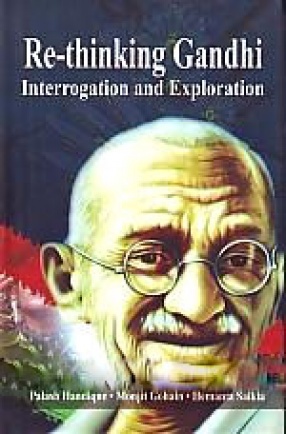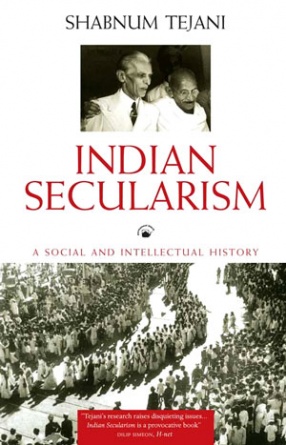This book is a significant contribution to the growing volume of literature on the Great Mughals in India. It traces the Timurid backdrop – political, cultural and traditional – from which Babur, the founder of the dynasty, had sprung. The provenance of some of the state measures, innovations and practices subsequently introduced by the Great Mughals in the land of their adoption have been highlighted. The jagirdari system, some of the court etiquettes such as Kurnish, architectural patterns, garden designs, deep academic interest, cultivation of fine arts, and urbanisms were practices rooted in Babur’s central Asian legacy and were revived in the new environment by his successors. Thus the amalgam of cultural synthesis that came into focus about half a century later was greatly enriched by the advent of Babur in India. This study also briefly brings out the malaise to which Hindustan, after the death of Sultan Firoz Shah, had sunk. The succeeding Sultans were weak and quite often incapable of arresting the growth and proliferation of centrifugal tendencies which had eclipsed the power of Delhi. Babur with one stroke had restored Central authority and integrated territories from Kabul to Patna under a vigorous, humane and sophisticated rule.
Two Studies in Early Mughal History
In stock
Free & Quick Delivery Worldwide
Bibliographic information
Title
Two Studies in Early Mughal History
Author
Edition
1st ed.
Publisher
Length
116p.
Subjects





There are no reviews yet.